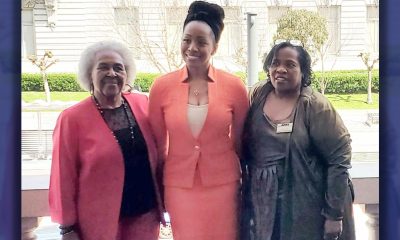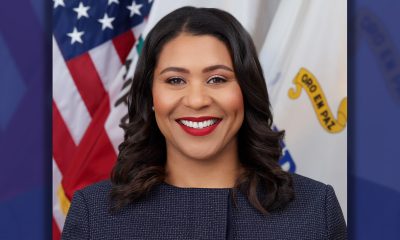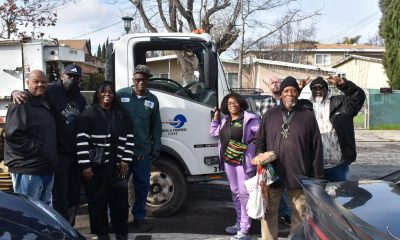Coronavirus
A Reverend Brings Healing Approach to Domestic Violence Fight
Moore-Orbih, a United Church of Christ pastor, whose career has focused on racial justice and violence against women, hopes to bring a new paradigm to the role, focusing on the intersectionality of factors that can contribute to an abusive relationship, including race and ethnicity, socioeconomic class, gender and sexual orientation, age, ability, and immigrant identity.
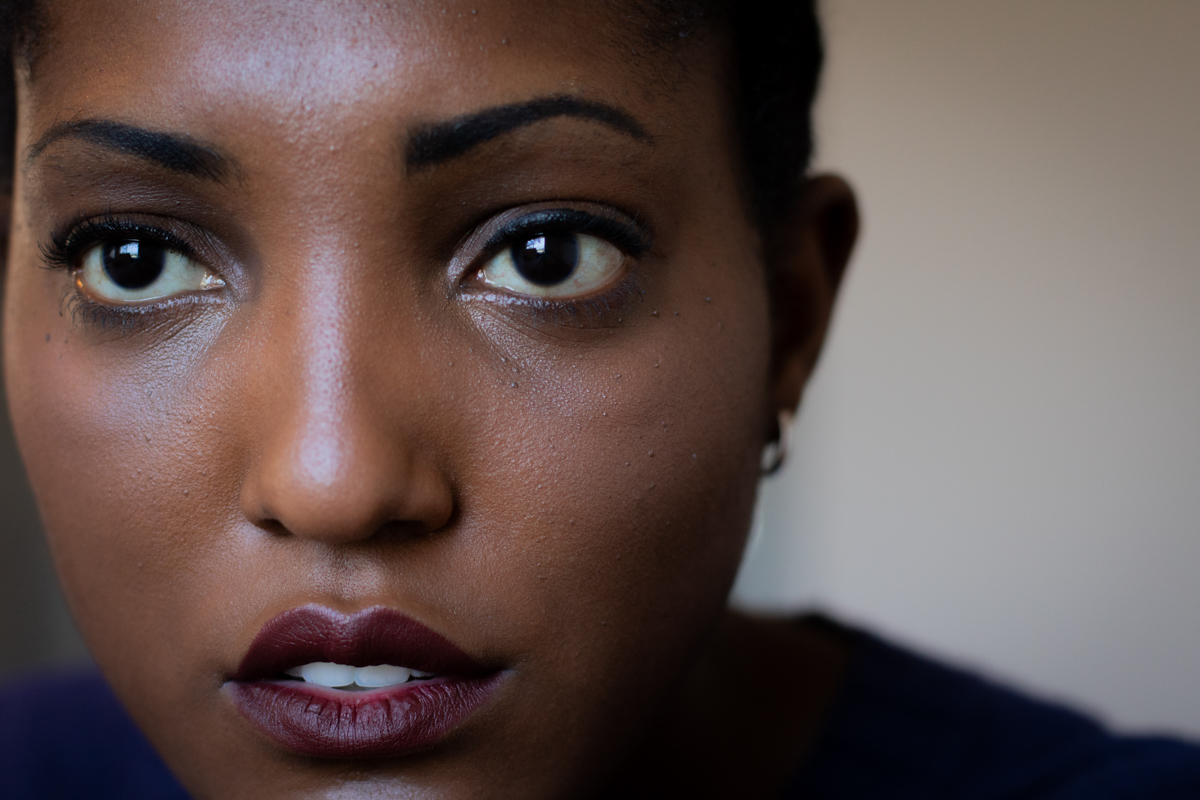
Combating domestic violence requires a healing-centered approach which doesn’t always remove an abuser from the household nor criminalizes him, said Dr. Aleese Moore-Orbih, incoming director of the California Partnership to End Domestic Violence (CPEDV).
“I have never come across a woman who did not want to help her abusive partner. Leaving an abusive relationship is an old paradigm. Women of color want to stay with their partners and want agencies to help the abusive partner break out of their cycle of violence,” said Moore-Orbih in an interview with Ethnic Media Services. “For me, the call has been to help people see one another with all their shortcomings and still love them.”
Moore-Orbih will officially joined the CPEDV team April 19.
The Partnership, founded nearly 40 years ago, represents over 1,000 survivors, advocates, organizations and allied individuals across California. The organization has successfully advocated for over 200 pieces of legislation on behalf of domestic violence victims and their children, and it brings a racial justice focus to the issue.
Moore-Orbih, a United Church of Christ pastor, whose career has focused on racial justice and violence against women, hopes to bring a new paradigm to the role, focusing on the intersectionality of factors that can contribute to an abusive relationship, including race and ethnicity, socioeconomic class, gender and sexual orientation, age, ability, and immigrant identity.
The Partnership noted in a press release that she “will raise the visibility of the Partnership’s anti-oppression work, move the public discourse, and support policy and community advocacy toward more effective prevention and intervention solutions.”
“People of color already live in an environment that is hostile towards them. Their survival mechanisms are seen as criminal and violent,” said Moore-Orbih, noting the generational trauma of slavery and Jim Crow laws, the continuous murders of young Black men without cause, poor economic conditions and housing insecurity.
“It is a system that has traditionally tried to kill people of color, who are brought up with generations of disempowerment. When things are out of control most of the time, you attempt to control it, sometimes with violence,” she said.
For Black and Brown men, masculinity is determined by power. “They have spent a lifetime trying to prove their power to their communities and their partners,” she said, noting that Black men have traditionally been underemployed while Black women are often over-employed.
Women have had to do the delicate dance of bringing in the family’s income, raising their children, and pleasing their men.
“For a woman of color, domestic violence may be fourth or fifth on the list of things they have to deal with,” she said. “I can handle him, but this is all the stuff I cannot handle.”
COVID-19 has added an extra layer of pressure for both survivors and their abusers. “Women doing the cha cha cha all these years are quickly learning the flamenco,” said Moore-Orbih. “But this is nothing new. Our communities have been doing the survival dance for decades.”
Domestic violence has spiked alarmingly as victims are trapped at home with their abusers amid lockdown orders during the COVID pandemic. The New England Journal of Medicine reported last year that one out of every four women in the U.S. and 1 in 10 men are currently facing abuse from a spouse or intimate partner. At the same time, traditional safety nets have largely been shut down. Domestic violence hotlines have seen a drop in calls as many victims cannot find safe spaces from which to make calls.
Shelters are closed or operating at full capacity, and thereby cannot take on new clients. Black and Brown victims of domestic violence are less likely to call police because of a mistrust of law enforcement or language barriers.
“When COVID broke, we were all struggling trying to figure out how to provide services,”
said Moore-Orbih, adding that the number of people sent to hotels tripled, as survivors had to quarantine for 14 days before they could be sent to a shelter.
“COVID became another layer of pressure for people who were already drowning in anxiety, fear, and trauma. If a person is trying to save you, you can’t see that,” she said.
Getting a woman out of her home and into a shelter to build self-esteem and self-reliance is just one small piece, said the reverend. “She is not healed.”
Similarly, Moore-Orbih does not support criminalizing perpetrators who must also be healed via the same holistic approach.
An integrative holistic approach must be brought to both survivor and perpetrator, said Moore-Orbih. “If we are looking to make people whole again, we must address the psyche, the physical ailments, forced immigration, and slavery.”
California Black Media
Gov. Newsom and Gov. DeSantis Go Head-to-Head in Nationally Televised Debate
Conservative Fox News personality Sean Hannity moderated the duel, during which the TV pundit, more than once, injected his opinion, and appeared to be providing subtle assists to DeSantis. As the debate progressed, it was clear that opinions about each topic discussed was representative of the philosophical and political chasm that divides liberal and conservative America, and a preview of campaign mudslinging that is bound to intensify as the 2024 presidential campaign ensues.

By California Black Media
In an intense, 95-minute-plus televised faceoff between California Gov. Gavin Newsom and Florida Gov. Ron DeSantis on Nov. 30, the men traded jabs and putdowns, defended their respective gubernatorial records, disagreed sharply on how to solve the country’s most pressing problems, and expressed clashing views on the performance of the Biden-Harris administration.
Conservative Fox News personality Sean Hannity moderated the duel, during which the TV pundit, more than once, injected his opinion, and appeared to be providing subtle assists to DeSantis.
As the debate progressed, it was clear that opinions about each topic discussed was representative of the philosophical and political chasm that divides liberal and conservative America, and a preview of campaign mudslinging that is bound to intensify as the 2024 presidential campaign ensues.
“I’ll tell you why I’m here,” Newsom said. “I’m here to tell the truth about the Biden-Harris record and also compare and contrast Ron DeSantis’ record and the Republican Party’s record” with that of California.
DeSantis blasted Newsom’s management of the COVID-19 crisis and criticized Newsom for prevalent crime, homelessness and deteriorating social conditions in California cities.
“You have the freedom to defecate in public in California,” DeSantis said. “You have the freedom to pitch a tent on Sunset Boulevard. You have the freedom to create a homeless encampment under a freeway and even light it on fire. They’re not the freedoms our founding fathers envisioned.”
Newsom took a jab at DeSantis’ presidential candidacy, predicting that the Florida Governor would be endorsing GOP frontrunner Donald Trump soon.
“There’s one thing we have in common,” Newsom said. “Neither of us will be the nominee for our party in 2024.
BayCityNews
FDA Updates Approval of Pfizer Booster Vaccine for Children Under 5
The U.S. Food and Drug Administration updated its approval Tuesday of the Pfizer-BioNTech booster vaccine, making it available to some children under age 5. Before this update, children under 5 were not eligible for COVID-19 booster shots. Instead, they received three doses of the regular vaccine.
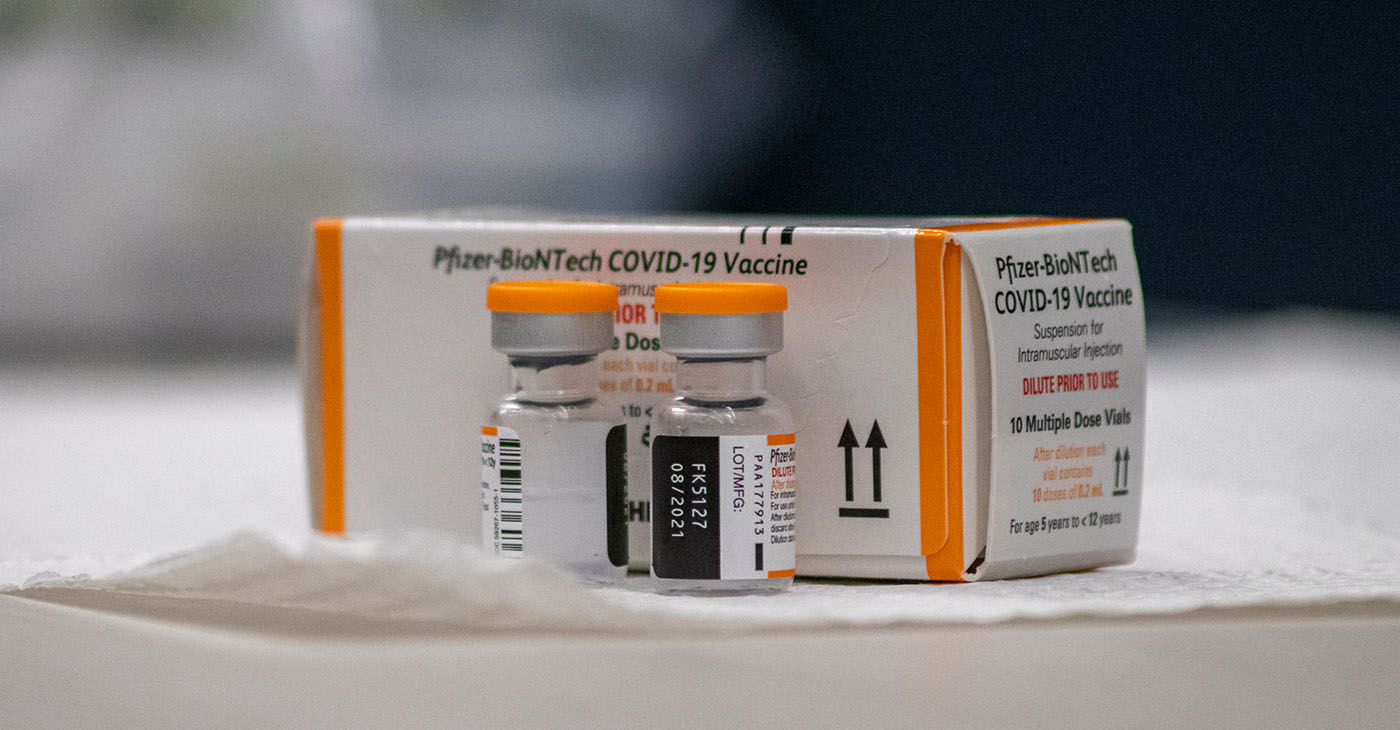
By Eli Walsh
Bay City News
The U.S. Food and Drug Administration updated its approval Tuesday of the Pfizer-BioNTech booster vaccine, making it available to some children under age 5.
Before this update, children under 5 were not eligible for COVID-19 booster shots. Instead, they received three doses of the regular vaccine.
As of December 2022, children age 4 and younger who have not been vaccinated receive the omicron variant-specific booster vaccine as the third dose in their primary vaccine series, following two doses of the original Pfizer vaccine.
However, children in that age range who completed their initial vaccination series before December 2022 only received three doses of the original Pfizer vaccine, and are less protected against more infectious variants of the virus as a result.
FDA officials updated the vaccine’s emergency use authorization Tuesday to allow those children who only received the original Pfizer COVID vaccine to receive one dose of the bivalent booster if it has been at least two months since they completed their initial series.
Other children under age 5 are not eligible for the booster, although everyone age 5 and up is eligible for a booster.
“Currently available data show that vaccination remains the best defense against severe disease, hospitalization and death caused by COVID-19 across all age groups, and we encourage all eligible individuals to make sure that their vaccinations are up to date with a bivalent COVID-19 vaccine,” said Dr. Peter Marks, the director of the FDA’s Center for Biologics Evaluation and Research.
Clinical data has found that both the original Pfizer vaccine and the booster vaccine that targets the omicron subvariants BA.4 and BA.5 are safe for everyone aged 6 months and up and effective at preventing the worst outcomes of COVID infection, including serious illness and death.
COVID vaccines are available at primary care providers, retail pharmacies and some facilities operated by local health departments.
Copyright © 2023 Bay City News, Inc. All rights reserved. Republication, rebroadcast or redistribution without the express written consent of Bay City News, Inc. is prohibited. Bay City News is a 24/7 news service covering the greater Bay Area.
Bay Area
COVID-19 Response Grant Program
The City of Union City will be issuing another round of its COVID-19 Response Grant Program. The program has distributed approximately $620,000 in grant funds and forgivable loans to the community to respond to the impacts of COVID-19 and will distribute another $322,000 through this latest round of funding. The City will utilize federal Community Development Block Grant (CDBG) and CARES Act funds.

The City of Union City will be issuing another round of its COVID-19 Response Grant Program. The program has distributed approximately $620,000 in grant funds and forgivable loans to the community to respond to the impacts of COVID-19 and will distribute another $322,000 through this latest round of funding. The City will utilize federal Community Development Block Grant (CDBG) and CARES Act funds.
Grants are available through the City’s Road to Recovery Small Business Assistance Program and the Residential Rental Assistance Program. The City began accepting applications on March 6, 2023, at 9 a.m. and will begin reviewing applications (up to 50 applications for each grant opportunity) submitted on or before March 30, 2023, at 5 p.m. The program information and the online application are available on the City’s website:
https://www.unioncity.org/548/COVID-19-Response-Grant-Program
The City will be holding two informational/technical assistance meetings to support residents and businesses with their applications and respond to any questions. These meetings will be streamed via Zoom. See below for meeting information and Zoom meeting links.
Tuesday, March 14, 2023: 9 a.m. to 10 a.m.
https://unioncity-org.zoom.us/j/89061570160
Wednesday, March 15, 2023: 12 p.m. to 1 p.m.
-

 Activism4 weeks ago
Activism4 weeks agoOakland Post: Week of March 27 – April 2, 2024
-

 #NNPA BlackPress4 weeks ago
#NNPA BlackPress4 weeks agoCOMMENTARY: D.C. Crime Bill Fails to Address Root Causes of Violence and Incarceration
-

 #NNPA BlackPress4 weeks ago
#NNPA BlackPress4 weeks agoFrom Raids to Revelations: The Dark Turn in Sean ‘Diddy’ Combs’ Saga
-

 #NNPA BlackPress4 weeks ago
#NNPA BlackPress4 weeks agoCOMMENTARY: Lady Day and The Lights!
-

 #NNPA BlackPress4 weeks ago
#NNPA BlackPress4 weeks agoMayor, City Council President React to May 31 Closing of Birmingham-Southern College
-

 #NNPA BlackPress4 weeks ago
#NNPA BlackPress4 weeks agoBaltimore Key Bridge Catastrophe: A City’s Heartbreak and a Nation’s Alarm
-

 #NNPA BlackPress4 weeks ago
#NNPA BlackPress4 weeks agoBaltimore’s Key Bridge Struck by Ship, Collapses into Water
-

 #NNPA BlackPress4 weeks ago
#NNPA BlackPress4 weeks agoBeloved Actor and Activist Louis Cameron Gossett Jr. Dies at 87



